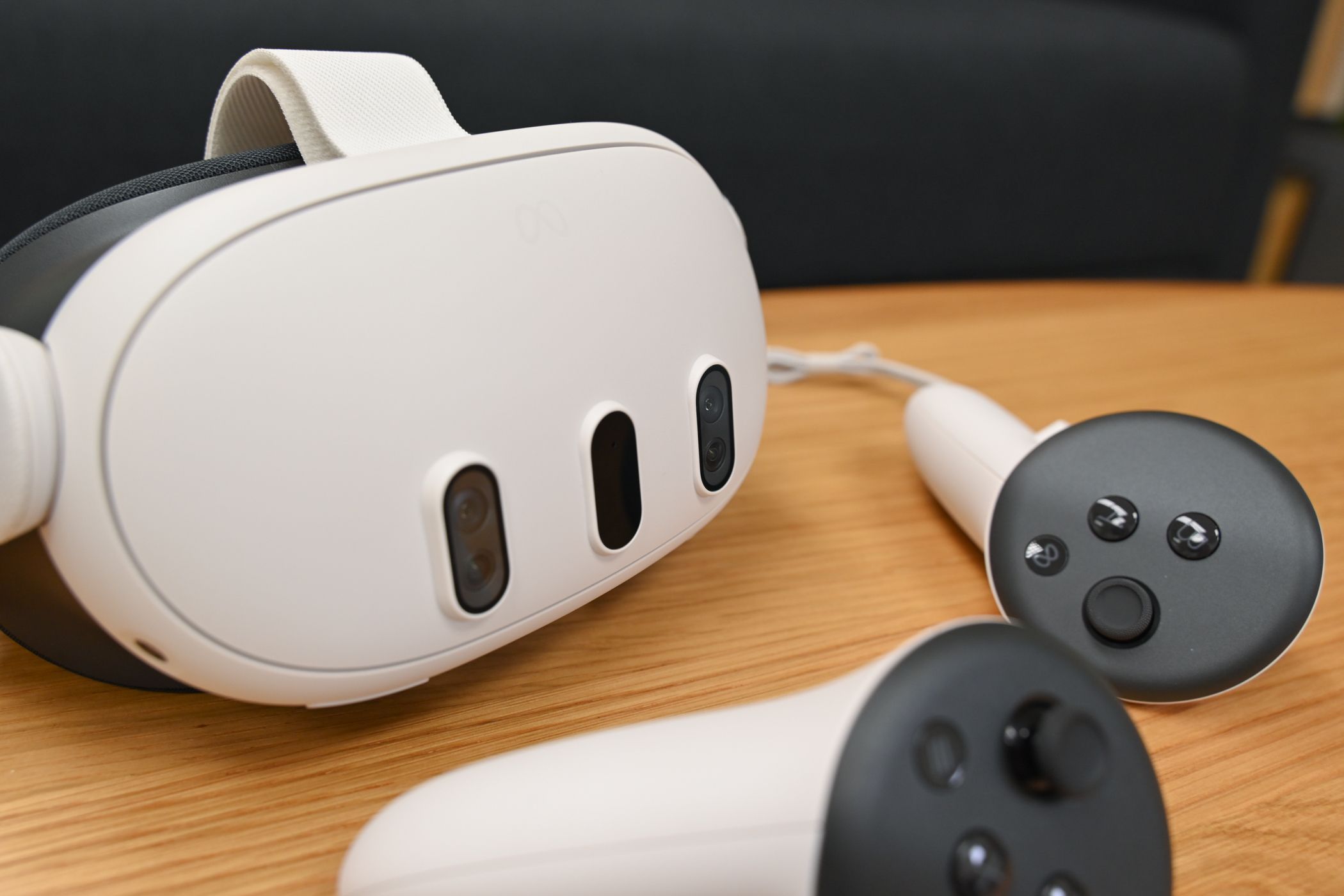Key Takeaways
- Instagram in VR offers a fun, unique experience that comes packed with the headset.
- AR browsing on Meta Quest 3S can help limit screen time due to a higher barrier for entry.
- Instagram is seamlessly integrated into the 3S, but VR features won’t fully replace the usual methods.
The Meta Quest 3S is a robust piece of hardware and a great gateway to virtual reality, but one of its most underrated features comes packed in with the headset from the get-go. While the 3S is mostly known for its video games, it also lets you browse social media, namely Instagram, which is surprisingly fun and useful.
Before I decided to jump into social media in virtual reality, I didn’t understand the point all that much. I saw it more as a novelty rather than a viable alternative to traditional scrolling. However, now that I’ve messed around with it a bit, I’ve started to see more of its appeal as I began to have fun watching my favorite influencers and the usual feeds on my headset.
Seeing high-quality videos, images, and other content presented in real-time using the Quest 3S’s augmented reality features is a surprisingly fun novelty, as it lets you view them on a virtual screen as if they exist in the real world. This is not only fun on its own as a unique alternative to browsing on the phone, and it comes with its own set of perks as well.
Augmented Reality Can Help Limit Screentime
A surprising benefit that using AR to browse Instagram offers is that the barrier for entry to the app is a little less convenient already, so I’m less likely to turn to it when I’m bored. Not to mention, given the limited battery life and cumbersome nature of the Quest 3S, I’m less likely to spend a lot of time on the app as I would otherwise, even when I do use it.
As opposed to scrolling through it on my phone, which tends to cut into a lot of my free time, using it in VR not only stops me from being on it for so long but can make the experience more fruitful. I’ll be a lot more likely to seek out more immersive and interesting content rather than just scrolling through Reels like usual, which will ensure that I’m at least engaging with something worthwhile.
Instagram is also where the Quest 3S’s augmented reality feature really shines as it keeps the real world in view while you look at it, which can help keep you mindful of your surroundings. This means that you’re not sacrificing your spatial awareness in order to get the benefits of virtual reality browsing, and you won’t be fully sucked into the point of distraction from the real world.
Seamless Integration Makes VR a Viable Alternative
Since both platforms are owned and operated by Meta, Instagram is automatically integrated into the Quest 3S, so it comes pre-installed and can be easily opened alongside other apps. It’s also easy to switch between gaming, chatting with friends, and Instagram, mimicking the ease of use that would come with using the app on your phone instead.
The virtual keyboard that appears on the screen when using chat apps or social media in VR is also surprisingly solid, though not without its faults since it is clearly not as convenient as a phone or PC keyboard. Still, it’s pretty easy to type using the Quest 3S’s motion controllers by simply tapping the proper keys on the virtual screen in front of you and it can be a surprisingly fun gimmick.
You can even make posts from within the headset using images and files saved to the device, letting you share in-game clips, screenshots, or other media with your friends and followers without relying on external file transfer methods.
Experience Unique Content
Given Meta’s push for virtual reality and Instagram simultaneously, the two have become aligned in many ways, as the app features a wide array of content that utilizes virtual and augmented reality. While any kind of Instagram content is fully viewable in VR, some things make special use of it, such as 360 images and videos that create immersive environments to “explore” and even interactive content.
Some filters have AR functionality that can appear different with the 3S on as well, making them much more lifelike in some cases and utilizing the headset’s camera and motion tracking better than any cell phone can. This opens the door to some novel experiences that can help this version of the app stand out a bit more, helping to justify its inclusion as part of the suite of features packed in with the headset.
Instagram in VR is Fun, But it Won’t Replace the Original
Social media in virtual or augmented reality is fun and makes for a cool novelty, but I don’t think it’s quite at a spot where it can replace the traditional experience. The user interface is fairly intuitive, and the exclusive content is nice. Still, otherwise, the experience is largely the same as that of the mobile app but also comes with its own set of drawbacks that keep it from being a full replacement.
Liking posts, for instance, isn’t quite as convenient as usual since the double-tapping feature doesn’t work in VR, so you have to go out of your way to press the heart icon to do it instead. Interacting with posts, in general, is a little more cumbersome, too, since the virtual keyboard, while fun to use, isn’t the best tool for writing out anything interesting or interacting with other users in a timely manner.
While Instagram is automatically integrated into the Meta Quest 3S by default, other social medias, even ones run by Meta like Facebook and its Messenger companion, aren’t quite so convenient. Messenger, specifically, requires Google Play Services to run properly, which doesn’t come stock with the headset, meaning you’ll have to set it up yourself.
Still, where the Meta Quest 3S’s AR functionality really shines is with the Instagram feed, which is easily navigable with its stock motion controllers and can make use of some unique features. The special content and novelty of the gimmick might not be enough to replace scrolling on your phone fully, but it can scratch the same itch and make for a uniquely fun social media experience.


